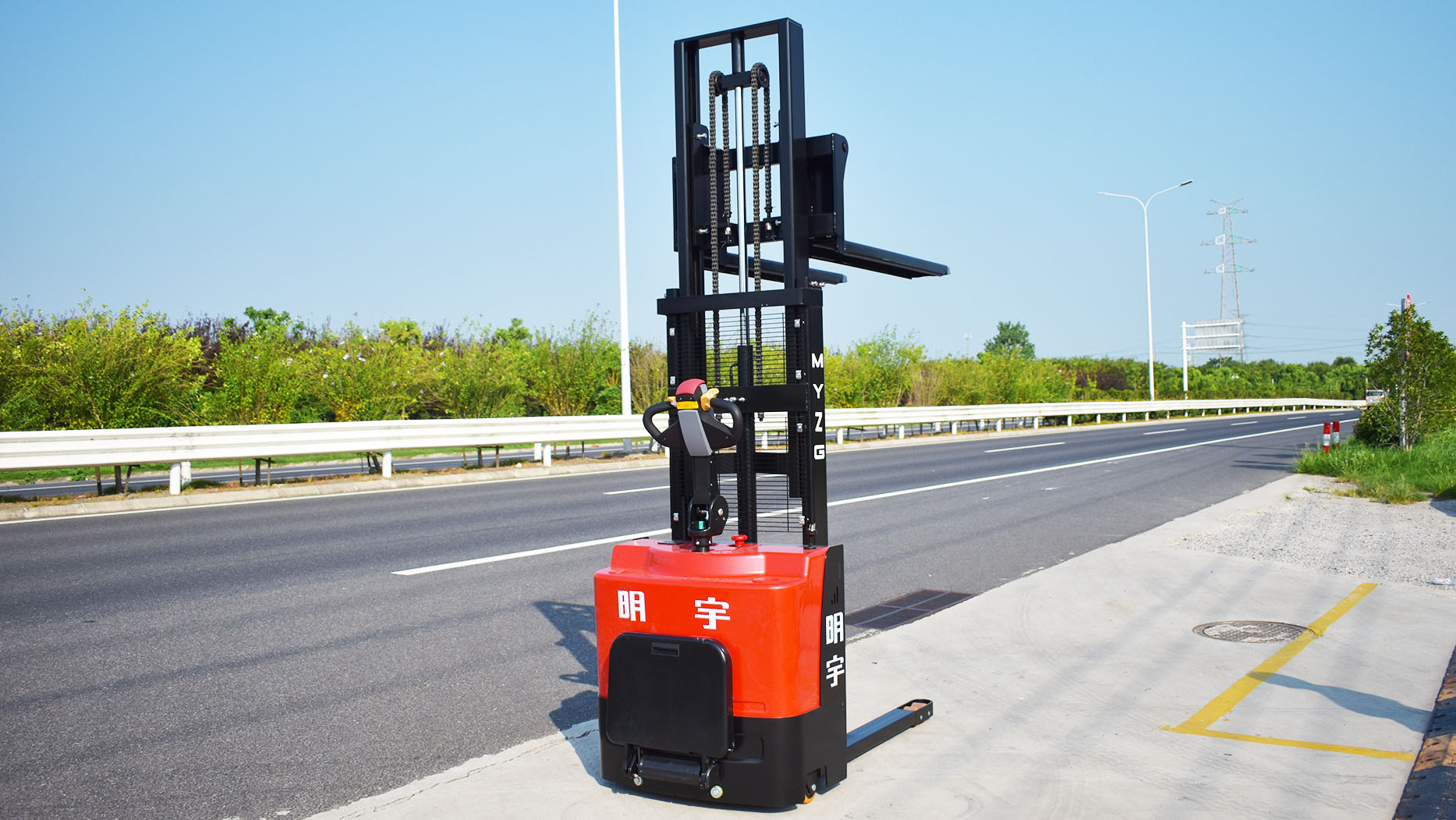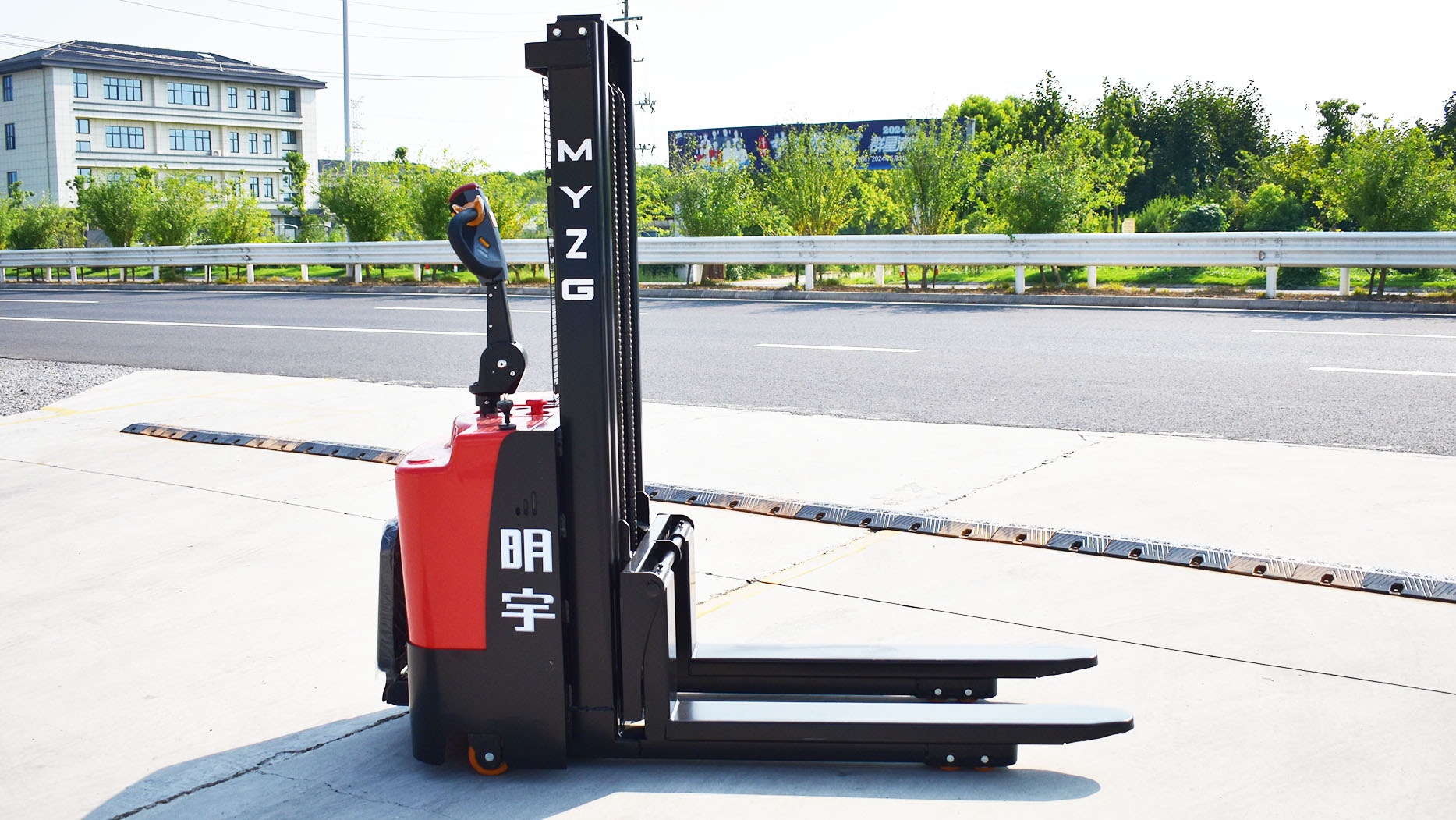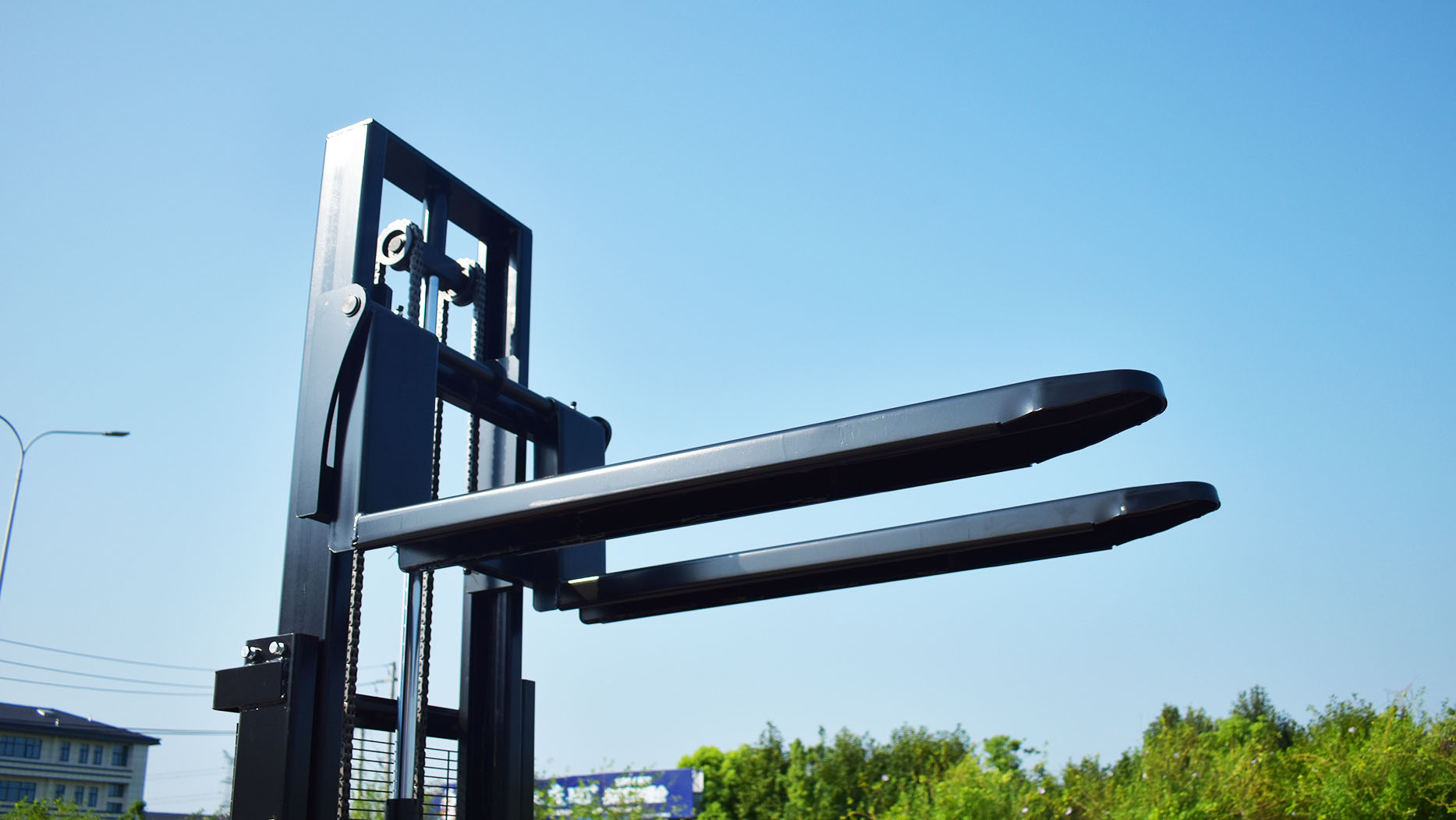I. Introduction
Automated Storage and Retrieval Systems (AS/RS) with stacker cranes represent a significant leap in warehouse efficiency, offering unparalleled space optimization, rapid retrieval, and reduced labor costs. However, the implementation of such a sophisticated system comes with a considerable investment. Understanding the multifaceted costs involved is crucial for businesses contemplating this transformative technology. The price tag can vary drastically based on numerous factors, from the complexity of the system to the specific needs of the operation. This article aims to demystify the financial aspects of AS/RS installation, providing a detailed breakdown of the key cost factors and setting realistic expectations for potential investors.
II. Core Components and Their Associated Costs
These are the heart of the AS/RS, responsible for moving and retrieving loads within the racking system. Single-mast cranes are typically used for lighter loads and lower heights, while double-mast cranes handle heavier loads and higher storage densities. Cost variations arise from load capacity, travel speed, and the level of automation. Highly customized cranes with advanced sensors and control systems will command a premium.
B. Storage Racking Systems:
The racking system's cost depends on its type (single-deep, double-deep, or multi-deep), height, length, and material. Single-deep racking offers easy access but lower storage density, while multi-deep racking maximizes space utilization but requires more complex crane movements. The material and construction of the racking, especially for heavy-duty applications, influence the overall cost.
C. Conveyors and Handling Systems:
Conveyors facilitate the movement of goods to and from the AS/RS. Input/output conveyors, transfer cars, and shuttles are essential for seamless integration with existing material handling equipment. The cost of these systems depends on their length, speed, and automation level. Integration with existing conveyor systems adds complexity and cost.
D. Control Systems and Software:
The Warehouse Management System (WMS) is the brain of the AS/RS, managing inventory, directing crane movements, and optimizing storage locations. Programmable Logic Controllers (PLCs) control the mechanical operations of the cranes and conveyors. Sensors and safety systems ensure safe and efficient operation. The cost of these systems varies based on software complexity, customization, and integration with existing IT infrastructure.
III. Installation and Integration Costs
A. Site Preparation:
Preparing the warehouse floor is crucial for the stability and performance of the AS/RS. Floor leveling and reinforcement may be required to support the heavy racking and crane loads. Electrical and data infrastructure must be installed to power and control the system. Building modifications, such as raising the ceiling or reinforcing walls, may be necessary.

B. Equipment Transportation and Handling:
Transporting large and heavy components, such as stacker cranes and racking, requires specialized shipping and handling. On-site crane and rigging are needed to unload and position the equipment.
C. Mechanical Installation:
Assembling and aligning the racking system is a complex and time-consuming process. Crane rail installation and leveling must be precise to ensure smooth crane operation. Conveyor system setup involves aligning and connecting various components.
D. Electrical and Control Integration:
Wiring and power distribution must be carefully planned and executed. PLC programming and commissioning require specialized expertise. WMS integration and testing are crucial for ensuring seamless communication between the software and hardware.
E. Project Management and Engineering:
System design and simulation are essential for optimizing the layout and performance of the AS/RS. On-site supervision is needed to manage the installation process. Training and commissioning ensure that operators are proficient in using the system.
IV. Factors Influencing Overall Cost
A. Warehouse Size and Configuration:
Larger warehouses require more racking and cranes, increasing the overall cost. Complex layouts and integration with existing infrastructure can also add to the expense.
B. Automation Level and Customization:
Fully automated systems with advanced features, such as robotic picking and automated guided vehicles (AGVs), are more expensive than semi-automated systems. Customized features and integrations also contribute to higher costs.
C. Industry-Specific Requirements:
Temperature-controlled environments, such as cold storage, require specialized equipment and insulation, increasing costs. Hazardous material handling necessitates safety features and compliance with regulations. High throughput demands require faster and more robust systems.
D. Vendor and System Integrator Selection:
Costs can vary significantly between vendors and system integrators. Experienced and reputable integrators may charge higher fees but offer better quality and support.
V. Return on Investment (ROI) and Long-Term Considerations
A. Quantifying Cost Savings:
AS/RS can significantly reduce labor costs by automating storage and retrieval operations. Increased space utilization reduces the need for additional warehouse space. Improved inventory accuracy minimizes errors and reduces stockouts.
B. Long-Term Maintenance and Operational Costs:
Preventive maintenance schedules are essential for ensuring the longevity and performance of the AS/RS. Energy consumption should be factored into operational costs. Software updates and support are needed to maintain system functionality.
C. Calculating Payback Period:
Analyzing the investment cost against the potential savings is crucial for determining the payback period. Long-term growth and scalability should also be considered.
VI. Conclusion
Installing an AS/RS with stacker cranes is a significant investment that requires careful planning and consideration. The costs involved can vary widely based on numerous factors, including the size and configuration of the warehouse, the level of automation, and industry-specific requirements. Thorough planning, detailed cost analysis, and careful vendor selection are essential for ensuring a successful implementation. While the initial investment may be substantial, the long-term benefits, including increased efficiency, reduced labor costs, and improved inventory accuracy, can provide a significant return on investment.
Post time:Mar.27.2025


